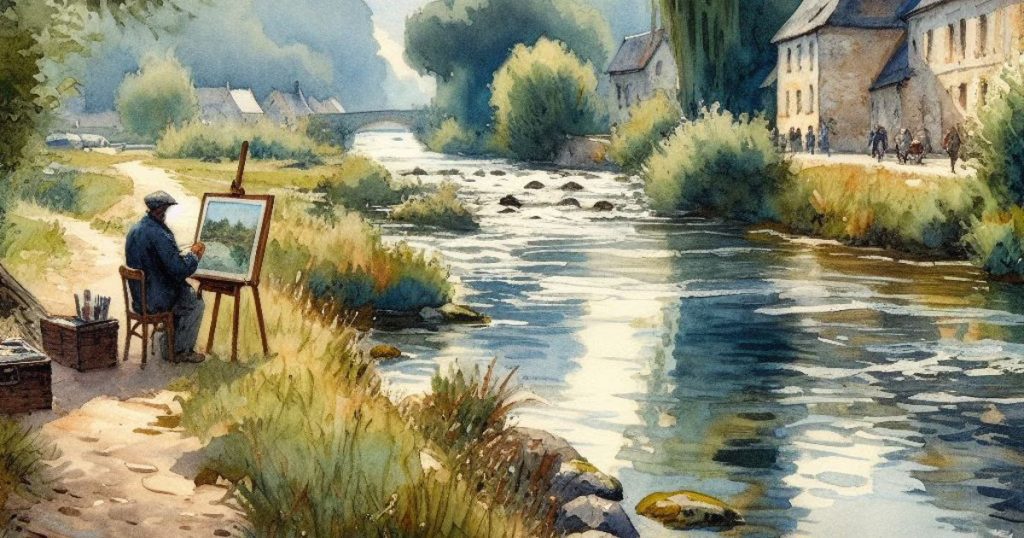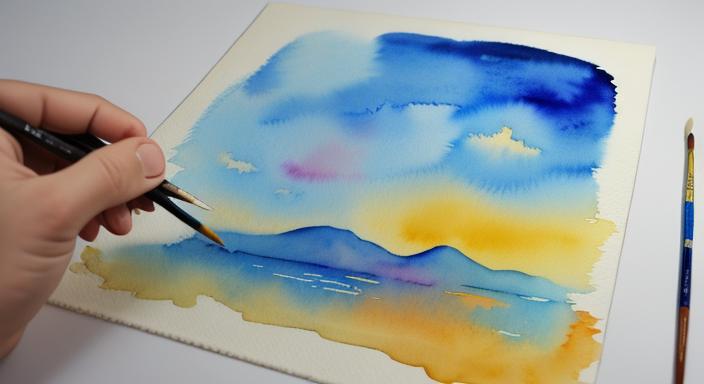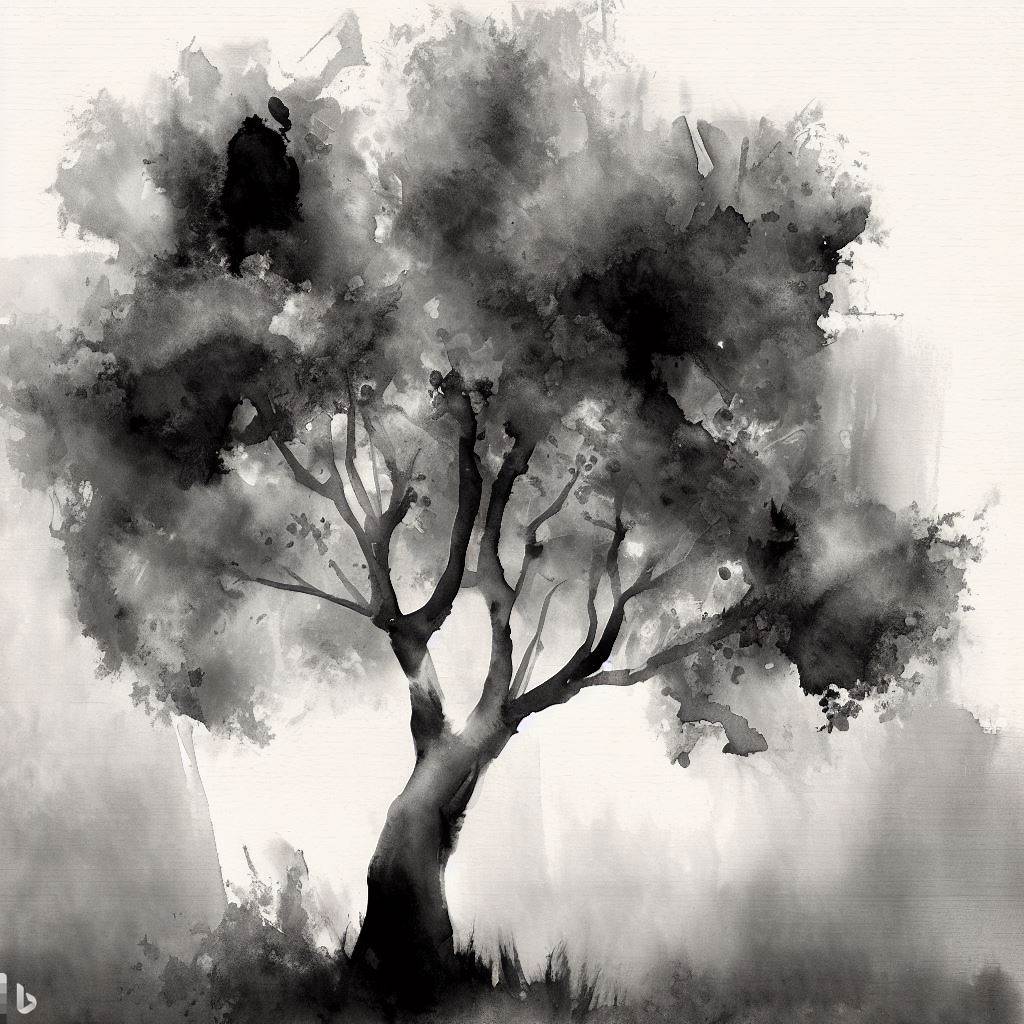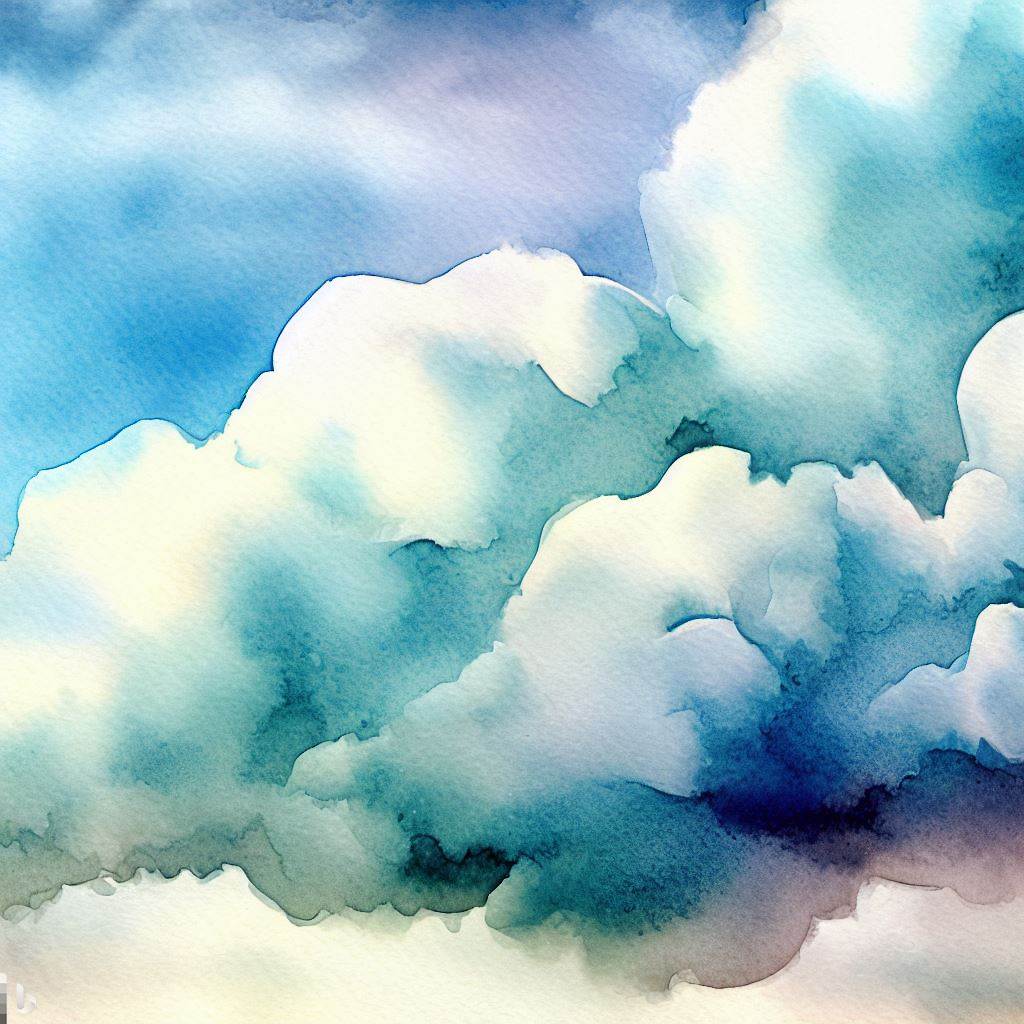
Plein air painting, the practice of creating art outdoors, has been embraced by artists for centuries. Among the most captivating mediums for plein air is watercolor, renowned for its transparency, fluidity, and ability to capture the ephemeral beauty of nature. This article delves into the lives and techniques of the masters of plein air watercolors, exploring their contributions to the art form and the enduring legacy they have left behind.
Masters of Plein Air Watercolors
Thomas Moran (1837-1926)
Thomas Moran, an American artist, is widely regarded as the father of American plein air painting. His breathtaking watercolors of the American West, particularly the Yellowstone region, played a pivotal role in shaping the national identity and inspiring the establishment of national parks. Moran’s meticulous attention to detail and his ability to convey the grandeur and scale of the natural world made his works iconic.
Quick Facts:
- Moran was a pioneer of the Luminist movement, which emphasized the depiction of light and atmosphere.
- He often used a technique called “glazing,” where thin layers of transparent watercolor are applied over each other to create depth and luminosity.
- Moran’s watercolors of the Yellowstone region were instrumental in convincing Congress to establish Yellowstone as the first national park in 1872.
Winslow Homer (1836-1910)
Winslow Homer, another American master, is renowned for his vibrant and evocative watercolors of coastal scenes and landscapes. Homer’s works captured the raw power and beauty of the ocean, as well as the solitude and tranquility of the seaside. His bold brushstrokes and simplified forms conveyed a sense of immediacy.
- Homer was known for his bold and expressive brushwork, which captured the raw power and beauty of the ocean.
- He often used a limited palette of colors to create a sense of unity and harmony in his compositions.
- Homer’s watercolors of coastal scenes are among the most iconic and beloved works of American art.
John Singer Sargent (1856-1925)
John Singer Sargent, an American expatriate artist, was a virtuoso of both oil and watercolor painting. His plein air watercolors, often depicting scenes from his travels in Europe and the Middle East, showcased his exceptional technical skill and his ability to render the nuances of light and atmosphere. Sargent’s watercolors are characterized by their vibrant colors, fluid brushwork, and mastery of composition.
Quick Facts
- Sargent was a master of both oil and watercolor painting, and his watercolors are known for their vibrant colors and fluid brushwork.
- He often used a technique called “alla prima,” where the painting is completed in one sitting, capturing the freshness and spontaneity of the moment.
- Sargent’s watercolors of scenes from his travels are a testament to his keen eye for detail and his ability to convey the essence of different cultures
Edward Hopper (1882-1967)
Edward Hopper, an American realist painter, is best known for his iconic oil paintings of urban scenes. However, he also produced a significant body of plein air watercolors, particularly during his early career. Hopper’s watercolors captured the quiet beauty and solitude of everyday life, often depicting deserted streets, empty houses, and solitary figures.
Quick Facts
- Hopper’s watercolors are characterized by their muted colors, meticulous detail, and a sense of isolation and nostalgia.
- He often depicted scenes from his own life and the lives of the people around him, capturing the quiet beauty and solitude of everyday life.
- Hopper’s watercolors have a timeless quality that continues to resonate with audiences today.
Andrew Wyeth (1917-2009)
Andrew Wyeth, an American painter, is renowned for his evocative and atmospheric watercolors of rural Pennsylvania. Wyeth’s works are characterized by their muted colors, meticulous detail, and a sense of isolation and nostalgia. He often depicted scenes from his own life and the lives of the people around him, capturing the essence of the American countryside.
Quick Facts
- Wyeth’s watercolors are known for their atmospheric and evocative qualities, capturing the essence of the American countryside.
- He often used a technique called “drybrush,” where a dry brush is used to apply paint to dry paper, creating a textured and detailed effect.
- Wyeth’s watercolors have a sense of intimacy and authenticity that draws viewers into his world.
Techniques and Innovations
The masters of plein air watercolors employed a range of techniques and innovations to capture the essence of their surroundings.
Wet-on-Wet
This technique involves applying wet paint to wet paper, allowing the colors to blend and create soft, ethereal effects.
Dry Brush
This technique involves using a dry brush to apply paint to dry paper, creating a more textured and detailed effect.
Masking Fluid
This liquid is applied to areas of the paper that should remain white, allowing the artist to paint around them without smudging.
Gouache
This opaque watercolor paint can be used to create more vibrant and solid colors, extending the range of possibilities for plein air painting.
Video: Getting Started with Plein Air Painting
Contemporary Plein Air Watercolors
In recent years, there has been a resurgence of interest in plein air watercolors. Contemporary artists are finding new and innovative ways to use the medium to capture the beauty and diversity of the natural world.
Some notable contemporary plein air watercolorists include:
Joseph Zbukvic
Known for his vibrant and expressive of landscapes and cityscapes.
Skip Whitcomb
A master of the wet-on-wet technique, known for his atmospheric and ethereal watercolors.
Kathleen Dunphy
A painter of coastal scenes, known for her delicate brushwork and subtle use of color.
Charles Reid
A renowned watercolor instructor and artist, known for his innovative techniques and ability to capture the essence of light and shadow.
These contemporary artists are carrying on the legacy of the masters, pushing the boundaries of plein air watercolors and creating stunning works of art that celebrate the beauty of nature.
Legacy and Influence
The masters of plein air watercolors have left an enduring legacy on the art world. Their works have inspired generations of artists and continue to be admired for their beauty, technical skill, and ability to capture the fleeting moments of nature.
Plein air watercolors have become a popular medium for artists of all levels, offering a unique opportunity to connect with nature and express their creativity. The masters have shown us the potential of this medium, and their techniques and innovations continue to influence and inspire contemporary artists.
Conclusion
The masters of plein air watercolors have played a pivotal role in the development of the art form. Their works have captured the essence of nature, from the grandeur of the American West to the quiet beauty of everyday life. Through their innovative techniques and unwavering dedication, they have left a lasting legacy that continues to inspire and captivate audiences around the world.


